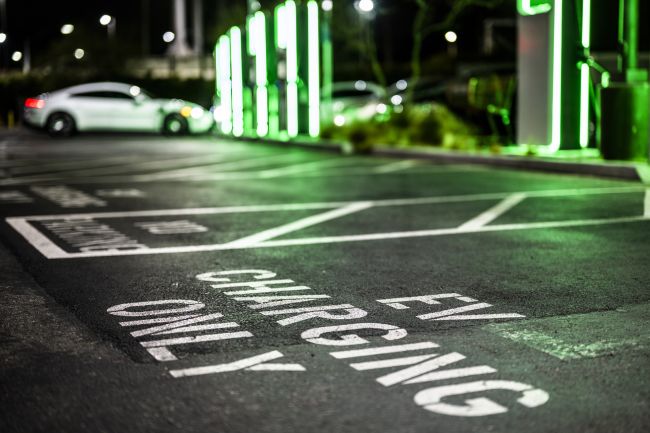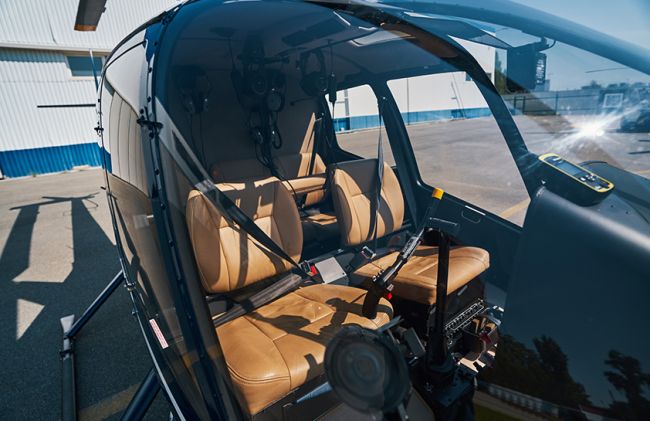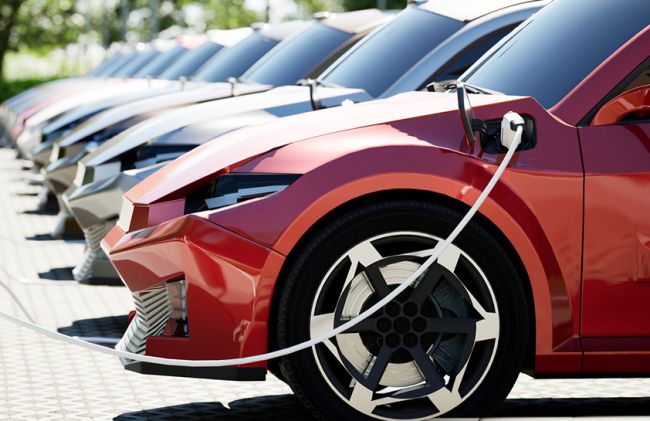Drones, the show can go on
After a drone interrupted a Euro 2016 qualifier match last October, there are growing security concerns about their use in public spaces. Steer Davies Gleave examines the emerging issues of drones, liability and insurance in Europe.
After a drone interrupted a Euro 2016 qualifier match last October, there are growing security concerns about their use in public spaces. Steer Davies Gleave examines the emerging issues of drones, liability and insurance in Europe.
The Euro 2016 qualifier match between Serbia and Albania, held in Belgrade’s Partizan Stadium last October, was always going to be prone to conflict, but what happened during the game caught nearly everyone (including the event planners and the security services) off guard.
Forty-one minutes into the game a light drone appeared above the pitch, trailing a banner marked with an Albanian flag and a map of “greater Albania”. The players, some fans and even stadium stewards took offence at the nationalist claim and the resulting disorder led to the game being abandoned and both teams ultimately sanctioned. This incident raises further concerns about drones in public spaces.
Professional drone users such as infrastructure surveyors, photographers and mappers, surveillance officers and regulators, refer to them as “remotely piloted aircraft systems” (RPAS) because, as with manned aviation, there is a pilot (albeit on the ground) in charge. When operating their RPAS commercially, professionals need to adhere to a growing set of national rules. However, the pilot of the drone flying around the Partizan Stadium was probably - like many others – an amateur and new to the sector. He or she may have been in the football arena, but has not yet been identified by the authorities – it is difficult to identify anyone in control of a drone among a large crowd, unless observers can spot the person. Some experts have suggested that the Partizan stadium quadri-copter drone could have been a DJI Phantom, a drone widely available to purchase for around €600.
Unlike professional users, amateur pilots or owners are not required to be listed on national registers, as small drones are treated as model aircraft or toys. This means that the authorities are not usually able to use the newly developing national registers of RPAS operators to identify the owner of light drones used for recreational purposes. In addition, only a few countries (such as the Czech Republic and Netherlands) require RPAS to be marked with a physical identification number, rendering identification of potential offenders in other countries even more hazardous.
This shows why it matters to large event organisers, regulatory authorities and all of us, that appropriate rules on drones are developed to strike a balance between their great commercial and leisure potential and the protection of the public. Most countries in Europe now have rules related to fly zones, pilot skills, and licences. However most of the legislation derives from the conventional aviation legislation, is not well known by amateurs and, sometimes, even by professional users, and is difficult to enforce and monitor. In addition, different rules by country for drones under 150 kilograms result in significant differences across borders. The Riga declaration of March 2014 by the aviation community called for greater harmonisation of rules for small drones across Europe. The European Parliament will vote on the Foster Report’s recommendations in the autumn. These could lead to new common European rules for RPAS.
While new rules for operational and safety purposes are probably needed, aspects such as third-party liability insurance already have well-established, common requirements across the EU (Regulation EC 785/2004).Professional operators of RPAS must be insured for specified minimum amounts. However when neither the pilot nor the owner can be identified, such as for the drone flying in the Partizan Stadium, it is almost impossible to track the party liable, and hence any potential victims cannot effectively claim compensation.
Steer Davies Gleave examined these issues in a recent study for the European Commission, recommending policy proposals such as compulsory fire-resistant marking of drones, better awareness about insurance at the time of purchase, and the possibility of establishing a compensation fund similar to the motor insurance industry. We will follow the national and international regulatory developments closely over the next few months and continue to offer advice in this field.




















